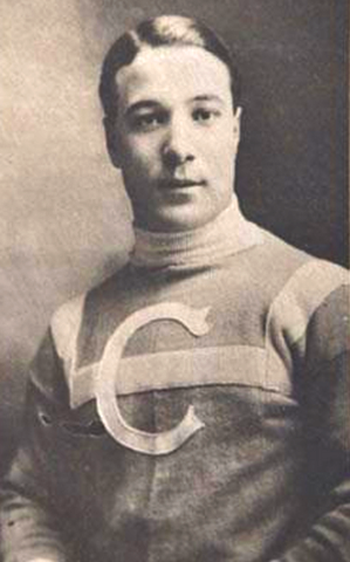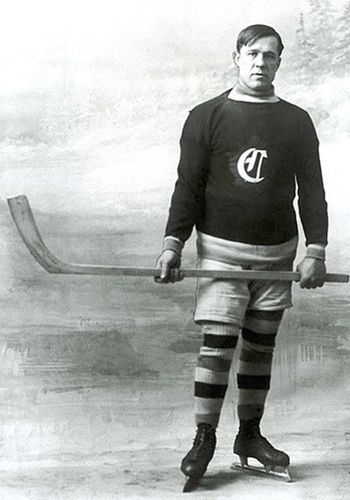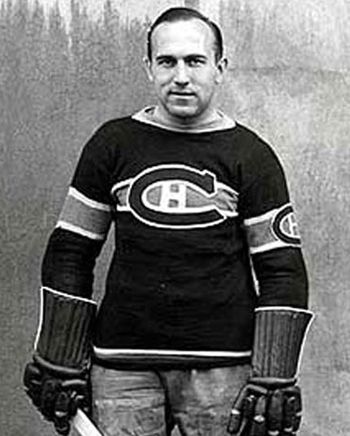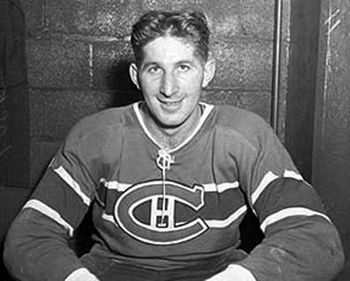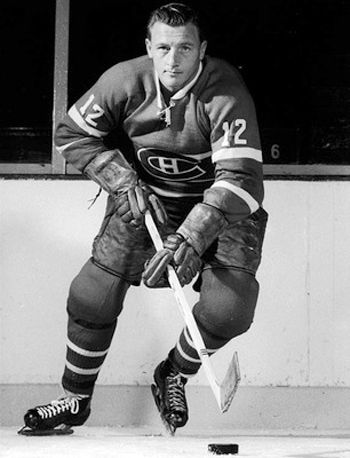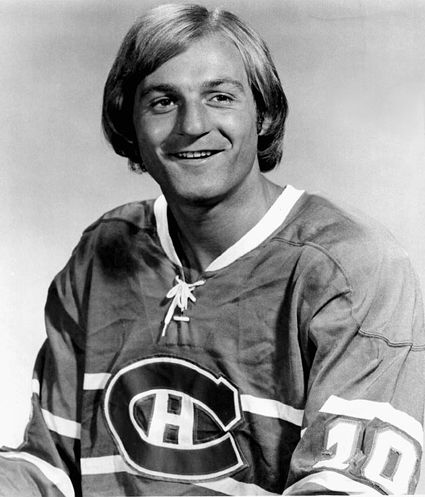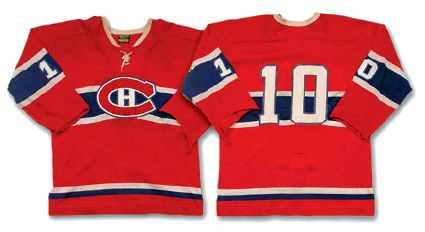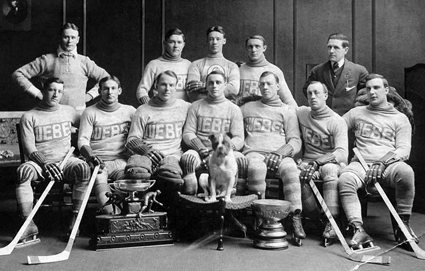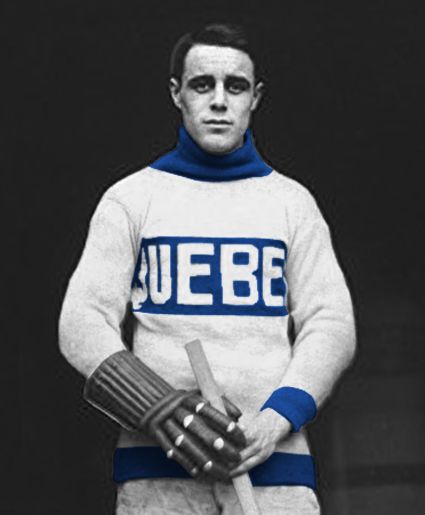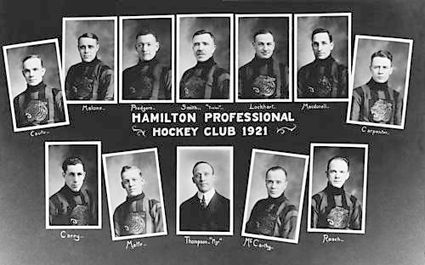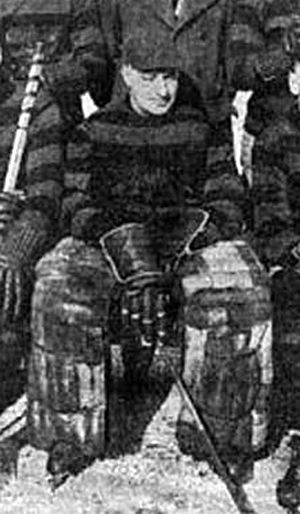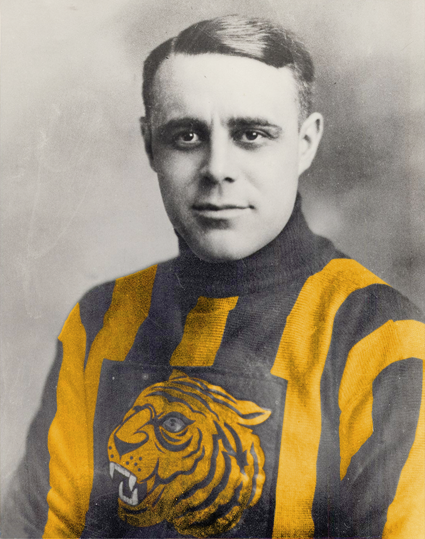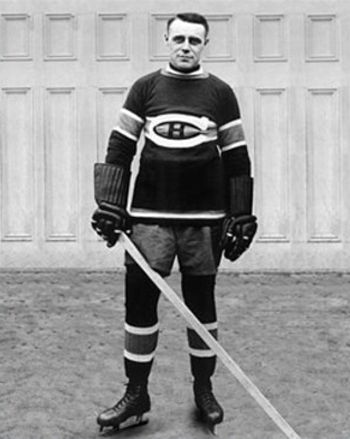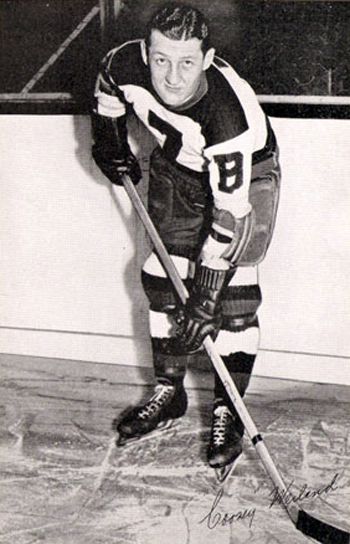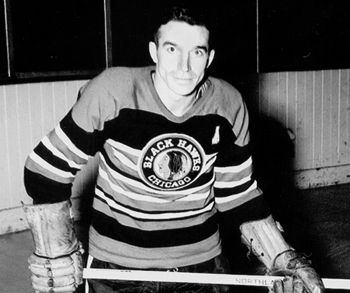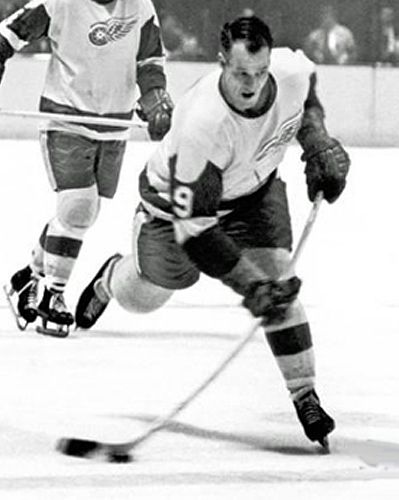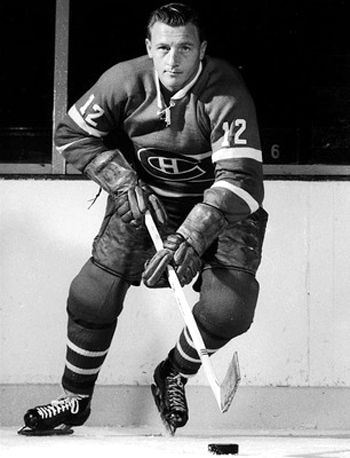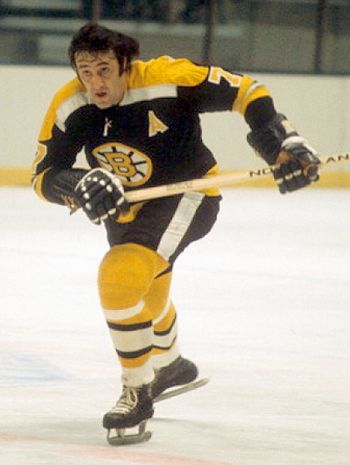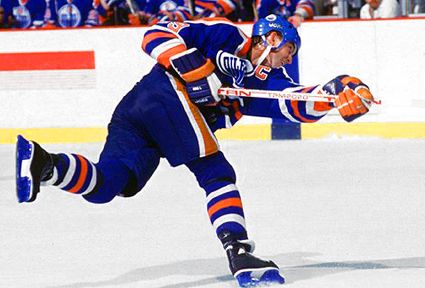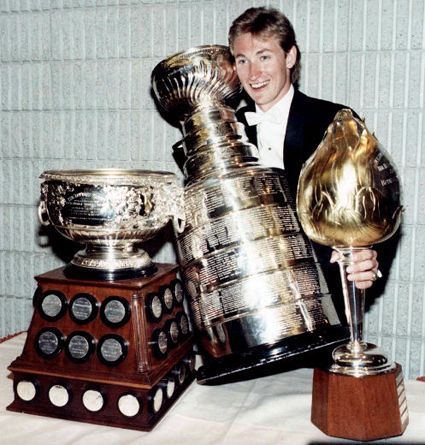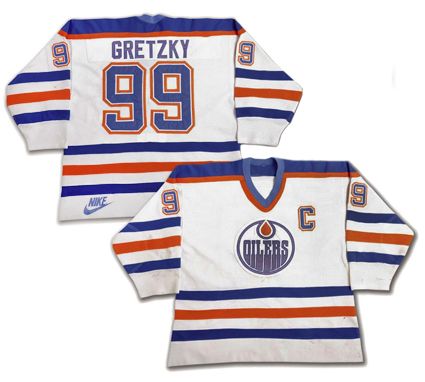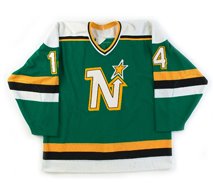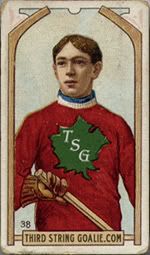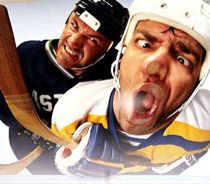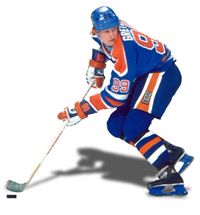The first player to ever score a goal for the Canadiens was future Hall of Famer Newsy Lalonde, who would lead the club with 16 goals despite only appearing in 6 games before being traded to the Renfrew Creamery Kings (also known as the Millionaires). Lalonde would add another 22 goals for Renfrew in just five games to lead the NHA in scoring with 38 goals, as assists were not awarded back then. Lalonde would return to Montreal for the 1910-11 season and again led the club with 19 goals in 16 games.
picture here in the first ever Canadiens sweater
With Lalonde lured out west by the Vancouver Millionaires for the 1911-12 season, Didier Pitre became the first Canadiens player to reach the 20 point mark when he finished as the runner up in the NHA scoring race with 27 goals in an 18 game schedule.
In 1914-15, Pitre became the first Canadiens player to reach the 30 point mark when he totaled 34 points from 30 goals and 4 assists, which were now credited as of 1913-14. Pitre barely missed out being the first 40 point scorer in 1915-16 when his 24 goals and 15 assists, but his 39 points made him the first Canadien to lead the league in scoring.
For the 1917-18 season, the NHA was disbanded and a new league rose to take it's place, the National Hockey League, of which the Canadiens were charter members. The brand new NHL was led in scoring by Joe Malone, who was on loan from the dormant Quebec Bulldogs. Malone was teamed with Lalonde and Pitre and the trio put on a scoring display unlike any ever seen before, as Malone became the first Canadiens player to top 40 points when he blitzed the league for 44 goals and 4 assists for 48 points in just 20 games. Malone's 44 goals in 1917-18 would stand as the league record for 46 years until 1943-44!
Such was the dominance of Malone's season, it would take until the 1927-28 season for Howie Morenz to become the first for Montreal to reach the 50 point barrier when his 33 goals and 16 assists game him 51 points to not only lead the club, but the entire NHL.
While Toe Blake came oh-so-close to hitting 60 points in 1942-43 with 59, the honors went to teammate Elmer Lach the following season when he vaulted past the 60 point barrier on his way to 72! While it took 16 years for Lach to hit both 60 points and 70 for the first time in team history, it took him just 12 months to become the first member of the Canadiens with 80 when he scored 26 goals and 54 points for exactly 80 in 1944-45, leading a 1-2-3 Canadiens sweep of the NHL scoring race, as Lach's 80 led Maurice Richard's 73 and Blake with 67.
While Jean Beliveau came close with 88 points in 1955-59, it would be left winger Dickie Moore to first reach the 90 point plateau with 41 goals and 55 assists for 96 points, with Beliveau close behind at 91 to finish 1-2 in the league.
While both Frank Mahovlich (96 in 1972) and Jacques Lemaire (95 in 1973) would take runs to become the first to reach the century mark, it would be Guy Lafleur who would take the honors as the first Canadien in the then 58 year history of the club to ever reach 100 points in a single season when he scored twice and added two assists on this date in 1975 in an 8-4 Montreal win over the Washington Capitals in Montreal.
Lafleur would go on to surpass 110 points later that season as he finished with 53 goals and 66 assists for a total of 119 points.
Just one season later, Lafleur eclipsed the 120 point mark with 125 from 56 goals and 69 points to win the NHL scoring race, a feat he repeated the very next season of 1976-77 as he amassed 136 points from 56 goals and 80 assists to set a team record which still stands to this day.
To put Lafleur's 136 point season into perspective, Max Pacioretty led Montreal in scoring in the 2013-14 season with 60 points, less than half of Lafleur's record setting total.
Today's featured jersey is a 1974-75 Montreal Canadiens Guy Lafleur jersey as worn during the season Lafleur became the first player in franchise history to score 100 points in a single season.
While the first red Canadiens sweater with a blue band across the chest can be traced back to the 1912-13 season, it underwent a period of evolution, which included a "CA" crest before adopting to the "CH" logo in 1916, until arriving at the today's featured jersey for the 1966-67 season when the sleeve numbers were relocated inside the arm stripes. The 1974-75 season would be the final one for this variation with the lace up collar, which arrived back in 1941, as it would be replaced by a modern v-neck for 1975-76.

